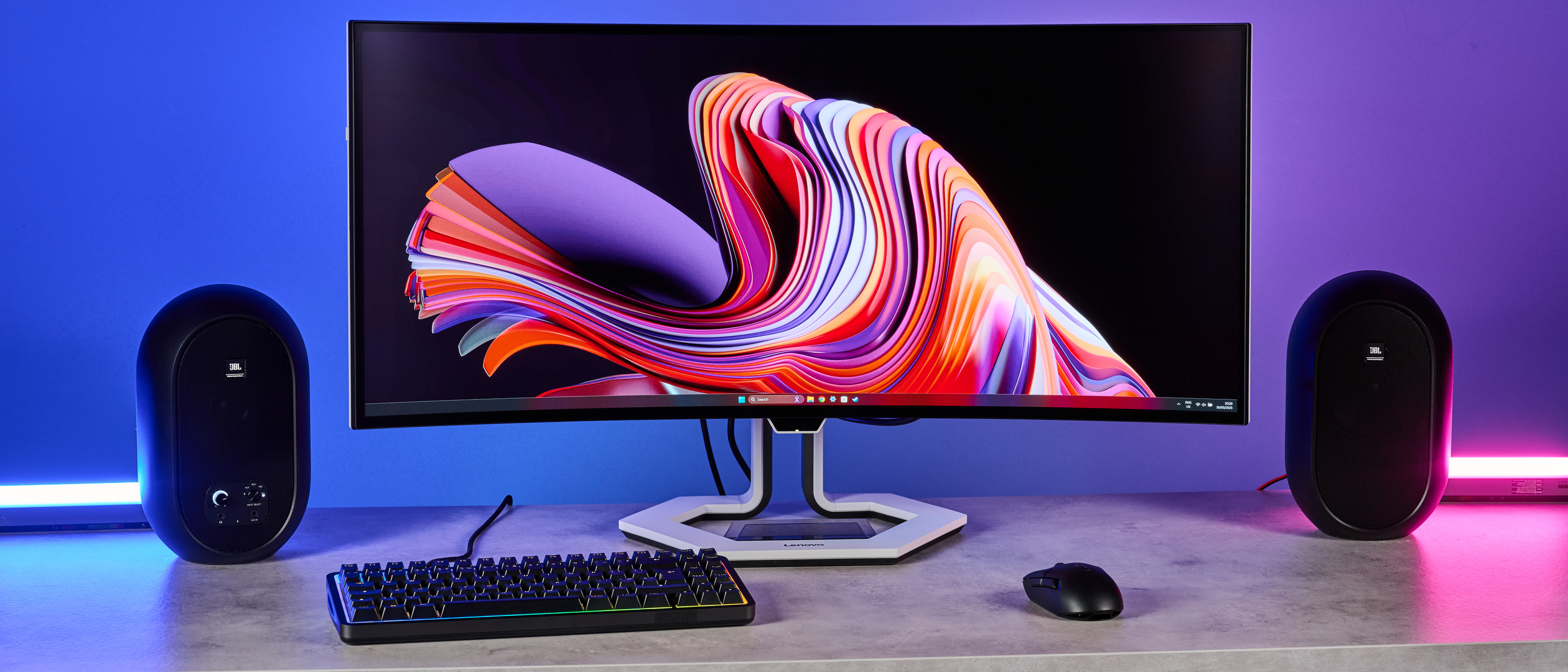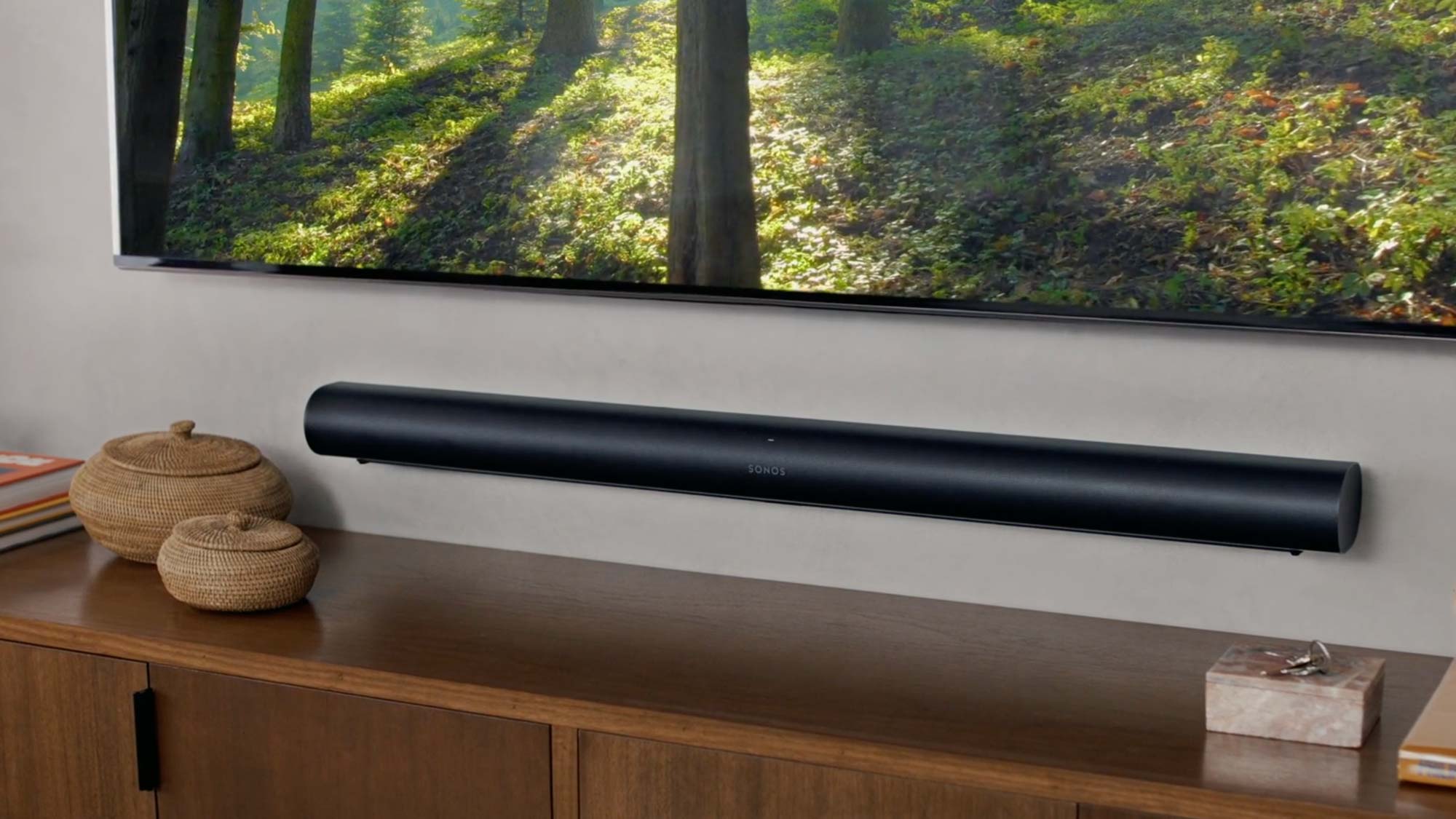Tom's Guide Verdict
The Lenovo Legion Pro 34WD-10 OLED is a gorgeous monitor, delivering rich, vibrant colors and deep contrast. Color rendition is highly accurate, and the monitor delivers excellent coverage of the sRGB and DCI-P3 color spaces. It’s brilliant for gaming thanks to its fast refresh rate and rapid response times to minimize ghosting and motion blur, in addition to the immersive curved ultra-wide aspect ratio. It’s great for work, too, with plenty of space for multitasking, and brings typical Lenovo build quality. It isn’t perfect, though, as it’s a little dim even by OLED standards, while the high(ish) price point versus fantastic QD-OLED rivals stops it scoring higher. Nevertheless, this is a beautiful display that won’t disappoint those who buy it.
Pros
- +
Rich and vibrant OLED panel
- +
240Hz refresh rate and fast response time
- +
Versatile and immersive ultra-wide aspect ratio
- +
Very accurate colors with wide gamut coverage
- +
Premium build and design
Cons
- -
Pricey versus QD-OLED rivals
- -
Kinda dim, even for OLED
- -
Large and difficult to move
Why you can trust Tom's Guide
The Lenovo Legion Pro 34WD-10 OLED gaming monitor is an ultra-wide curved QHD display, designed for serious gamers who need a balance of high-speed performance and widescreen immersion.
With its 240Hz refresh rate and 0.03ms GTG (I’ll explain this more later), it’s perfectly capable of competitive FPS gaming. Plus, its gorgeous curved OLED panel and ultra-wide aspect ratio could make it one of the best gaming monitors for immersive gaming in RPGs or strategy games.
I’ve tested this premium monitor for a few months now, and aside from a slightly steep (albeit not outrageous) price, I’m struggling to say much against it. Whether it’s gaming, work or production, the Lenovo Legion Pro 34WD-10 OLED had me well and truly covered throughout testing. I’m just sad to be giving it back.
Anyway, for the complete lowdown, keep reading to see my full Lenovo Legion Pro 34WD-10 OLED gaming monitor review.
Lenovo Legion Pro 34WD-10 OLED review: Cheat sheet
- What is it? A curved ultra-wide OLED gaming monitor with 1440p (QHD) resolution
- Who is it for? Gamers wanting a premium, immersive OLED display
- What does it cost? The MSRP is $1,199 at Amazon or Lenovo, although you can find it cheaper
- What’s good? The color, contrast, gaming performance and that beautiful ultra-wide curve
- What isn’t? It’s a little pricey versus QD-OLED rivals and its peak brightness isn’t great
Lenovo Legion Pro 34WD-10 OLED review: Specs
Price | |
Display | 34-inch |
Resolution | 3440 x 1440 |
Aspect ratio | 21:9 |
Refresh rate | 240Hz |
Response time | 0.03ms |
Panel type | OLED |
Color depth | 10-bit |
Backlight | OLED |
Inputs | 2 x HDMI 2.1; 1 x DP 1.4; 1 x USB Type-C (DP1.4 Alt mode); 1 x Ethernet; 1 x USB-B; 3 x USB-A; 2 x USB-C |
Speakers | 2x 5W built-in |
Dimensions | 31.09 x 10.35 x 22.74 inches (with stand); 31.09 x 6.97 x 14.54 inches (without stand) |
Weight | 14.1 pounds (without stand), 19.2 pounds (with stand) |
Warranty | 3-year |
Lenovo Legion Pro 34WD-10 OLED review: The ups
A crisp OLED panel, vibrant color, speedy performance and enough real estate to rear cattle, all wrapped up with typical Lenovo build quality — this monitor is a consummate all-rounder.
Stunning visuals
Alrighty, let’s get into the most important stuff first. Paramount (for me at least) when testing any monitor are the subjective visuals. The 34WD-10 features a 1440p ultra-wide OLED panel, and it’s gorgeous to behold.
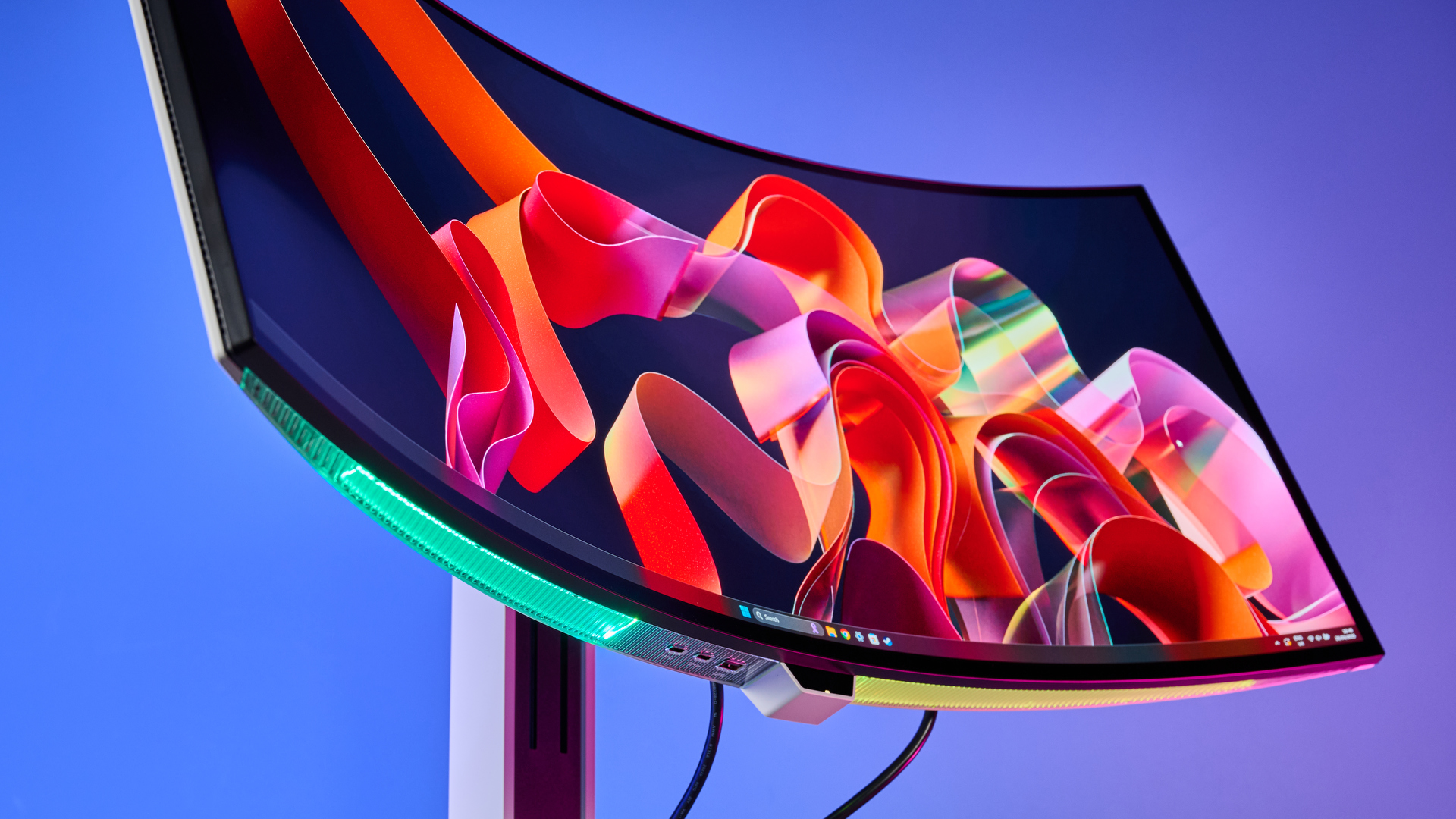
1440p (or QHD) is the sweet spot in my opinion, at least on 27-34-inch monitors, giving you the perfect blend of resolution and detail without proving too taxing on your system. My rig uses a Radeon RX6900XT graphics card, which is capable of 4K UHD, but I’ve been able to run even intensive games at Ultra settings thanks to the lower QHD res.
Get instant access to breaking news, the hottest reviews, great deals and helpful tips.
That isn’t to say it looks bad at all. At 34 inches, 1440p still looks fantastic, especially when we’re talking about OLED. With OLED displays each pixel can turn itself off, giving super-dark blacks and rich contrast. I played a lot of S.T.A.L.K.E.R 2, a very dark and moody game, complemented superbly by the Lenovo’s heavy blacks.
Colors are also rich and vibrant, even in Standard mode. I played Total War: Rome II and Valheim, both games with highly saturated, warm palettes, and they looked brilliant on the 34WD-10. The neon lights of Cyberpunk 2077, meanwhile, looked particularly fetching in the HDR Game modes, and the Warm sRGB SDR preset.
Lab testing analysis: Color
In addition to our subjective testing, we also run objective tests for color. You can see the results in the Lab Test tables below. We run these tests using our own calibrated color spectrophotometers.
- Delta-E: Lower = Better
- sRGB: Higher = Better
- DCI-P3: Higher = Better
Monitor | Panel type | Max resolution / Aspect ratio | Max refresh rate | Response time (GTG) | Lab Test: Delta-E | Lab Test: sRGB volume | Lab Test: DCI-P3 volume |
|---|---|---|---|---|---|---|---|
Lenovo Legion Pro 34WD-10 OLED | OLED | 3440 x 1440 (QHD) / 21:9 | 240Hz | 0.03ms | 0.08 | 156.40% | 110.80% |
QD-OLED | 3440 x 1440 (QHD) / 21:9 | 240Hz | 0.03ms | 0.24 | 199.2% | 141.1% | |
QD-OLED | 5120x1440 (QHD) / 32:9 | 240Hz | 0.03ms | 0.12 | 194.5% | 137.8% | |
IPS | 5120 x 2160 (UHD) / 21:9 | 120Hz | 5ms | 0.26 | 174.8% | 123.8% | |
QD-OLED | 3840 x 2160 (4K/UHD) / 16:9 | 240Hz | 0.03ms | 0.15 | 131% | 97% | |
QD-OLED | 3840 x 2160 (4K/UHD) 16:9 | 240Hz | 0.03ms | 0.06 | 182.50% | 129.30% | |
IPS | 3840 x 2160 (4K/UHD) 16:9 | 165Hz | 1ms | 0.43 | 144.3% | 102.4% | |
IPS | 3840 x 2160 (4K/UHD) 16:9 | 160Hz | 1ms | 0.24 | 136.6% | 96.7% |
Our Delta-E score tells us how close the color relayed on screen is to the color output from the source (i.e. the computer). The Lenovo’s low score of 0.08 is very good, meaning this monitor is capable of rendering colors extremely accurately on screen. It isn’t quite as accurate as the Alienware AW2725Q or the fantastic Alienware AW3425DW, but still pretty darn good.
The sRGB and DCI-P3 gamuts are two common color spaces. sRGB is a general-purpose SDR space and the most commonly used. At 156.40% coverage, the 34WD-10 has that entire gamut covered and then some, so it’ll provide very accurate and vibrant color rendition for anything using that space — think web browsing, gaming, general media consumption, etc. This backs up my subjective findings in regards to bold colors.
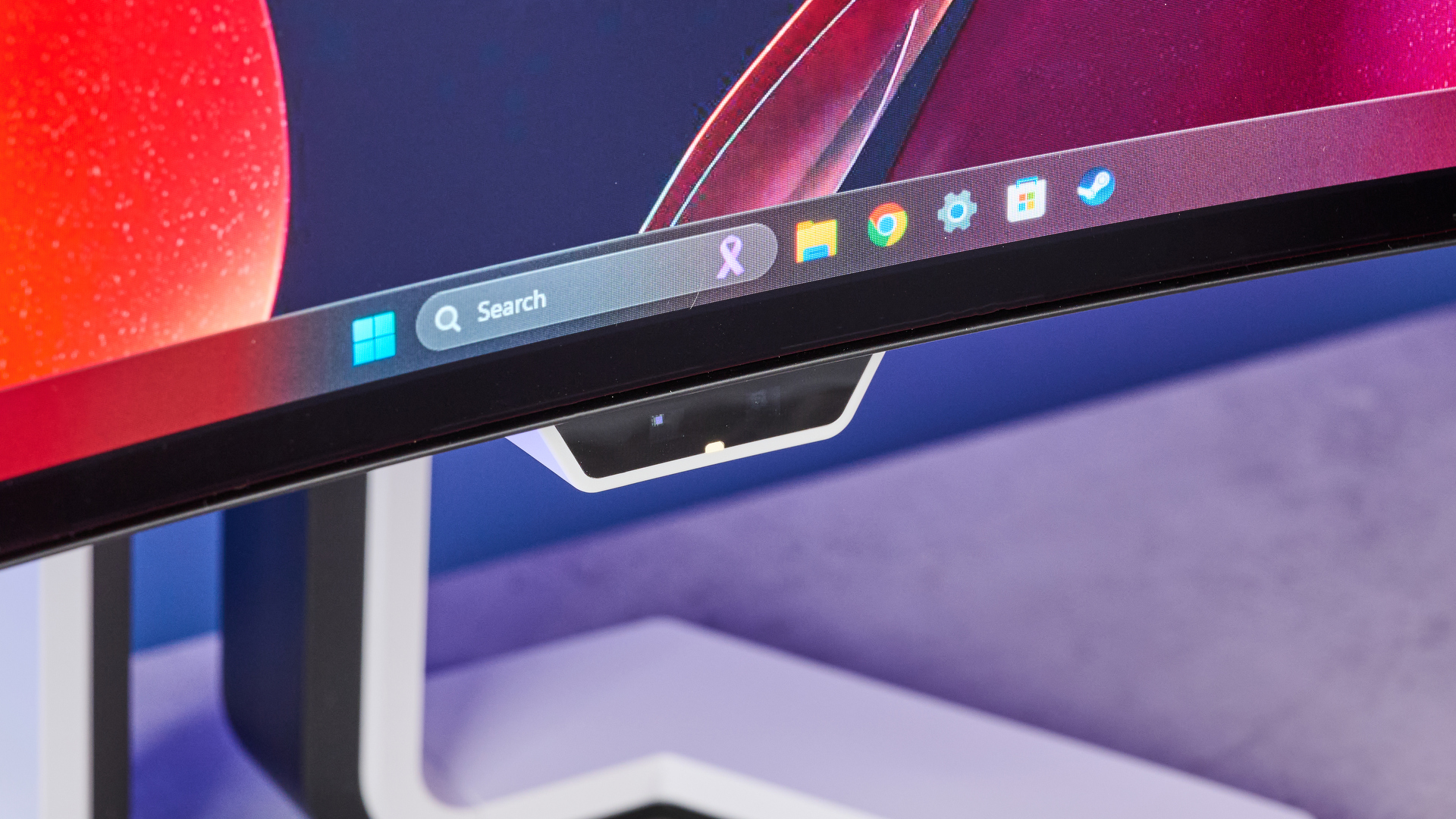
DCI-P3 is a cinematic color space with a wider overall gamut than sRGB, so this color space generally gives a more accurate rendition of lifelike color than sRGB. Many movies and games specified as HDR are rendered in the DCI-P3 color space. Again, the Lenovo covers this whole gamut, plus extra, giving accurate and vivid performance in DCI-P3 / HDR.
In both color spaces, the Lenovo is only beaten in the table above by the Samsung Odyssey G9 and Alienware AW3425DW and AW2725Q — but at well over 100% coverage of both spaces, the 34WD-10 is still doing just fine.
Ports and performance aplenty
The 34WD-10 features two DisplayPort 1.4 slots, although one is a USB-C DP 1.4 port. There are two HDMI 2.1 ports, one of which is eARC for hooking up to sound systems.
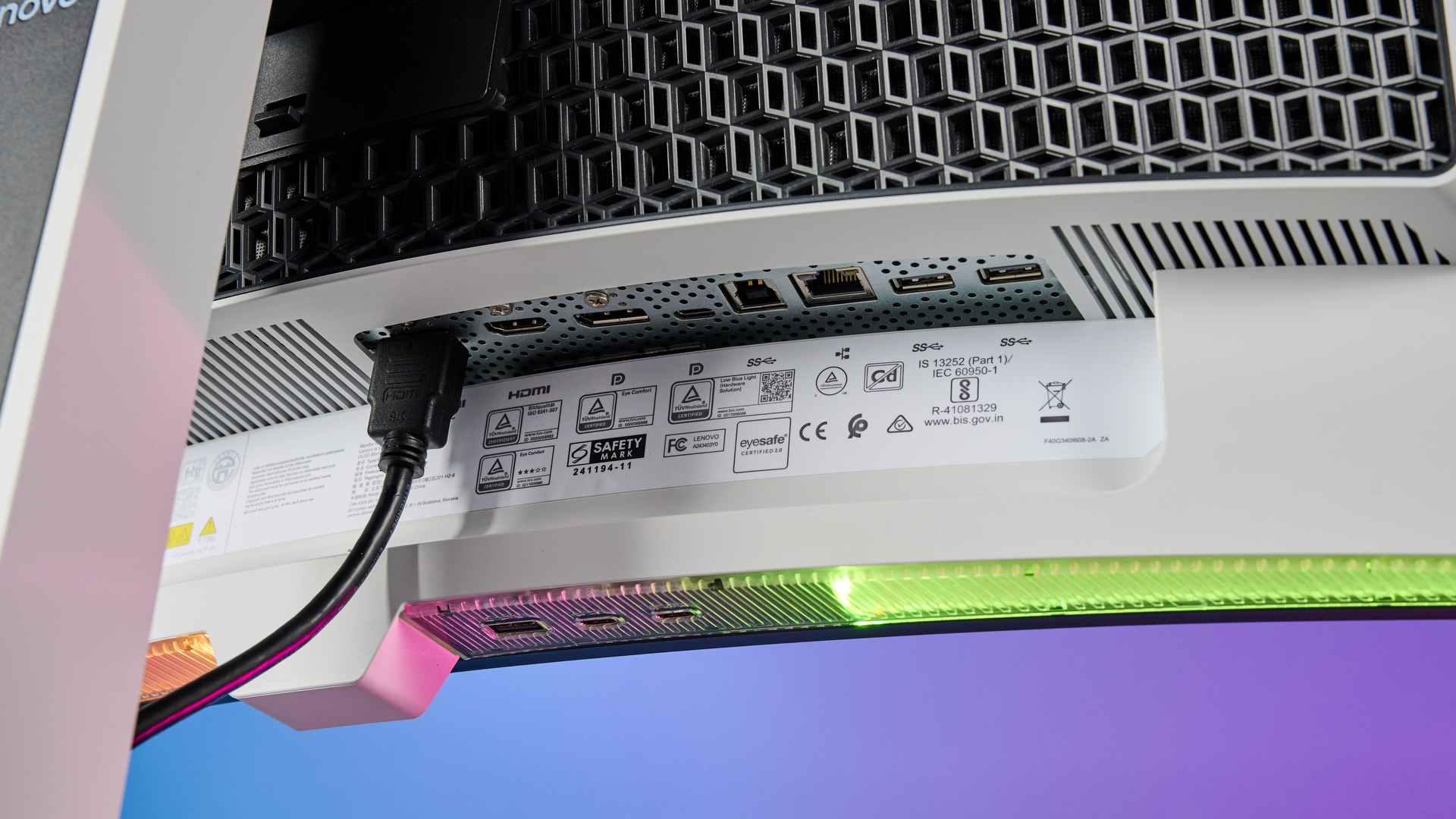
There’s also a USB-C power cable with 140W pass-through, not to mention Ethernet, USB-C and USB-A charging ports. You can use the monitor as an all-in-one charging dock, like the Dell UltraSharp 40.
DisplayPort 1.4 allows for refresh rates of up to 240Hz at the maximum QHD resolution, which is perfect for fast-paced games and competitive first-person shooters. The 34WD-10 features a 0.03ms GTG response time. That means its pixels can change color in 0.03ms — on par with other high-end gaming monitors like the MSI MPG 272URX QD-OLED and Alienware AW2725Q. This reduces ghosting and motion blur, again giving a more responsive experience.
The monitor also features AMD FreeSync Pro and VESA Adaptive Sync, to reduce tearing and artefacts while gaming.
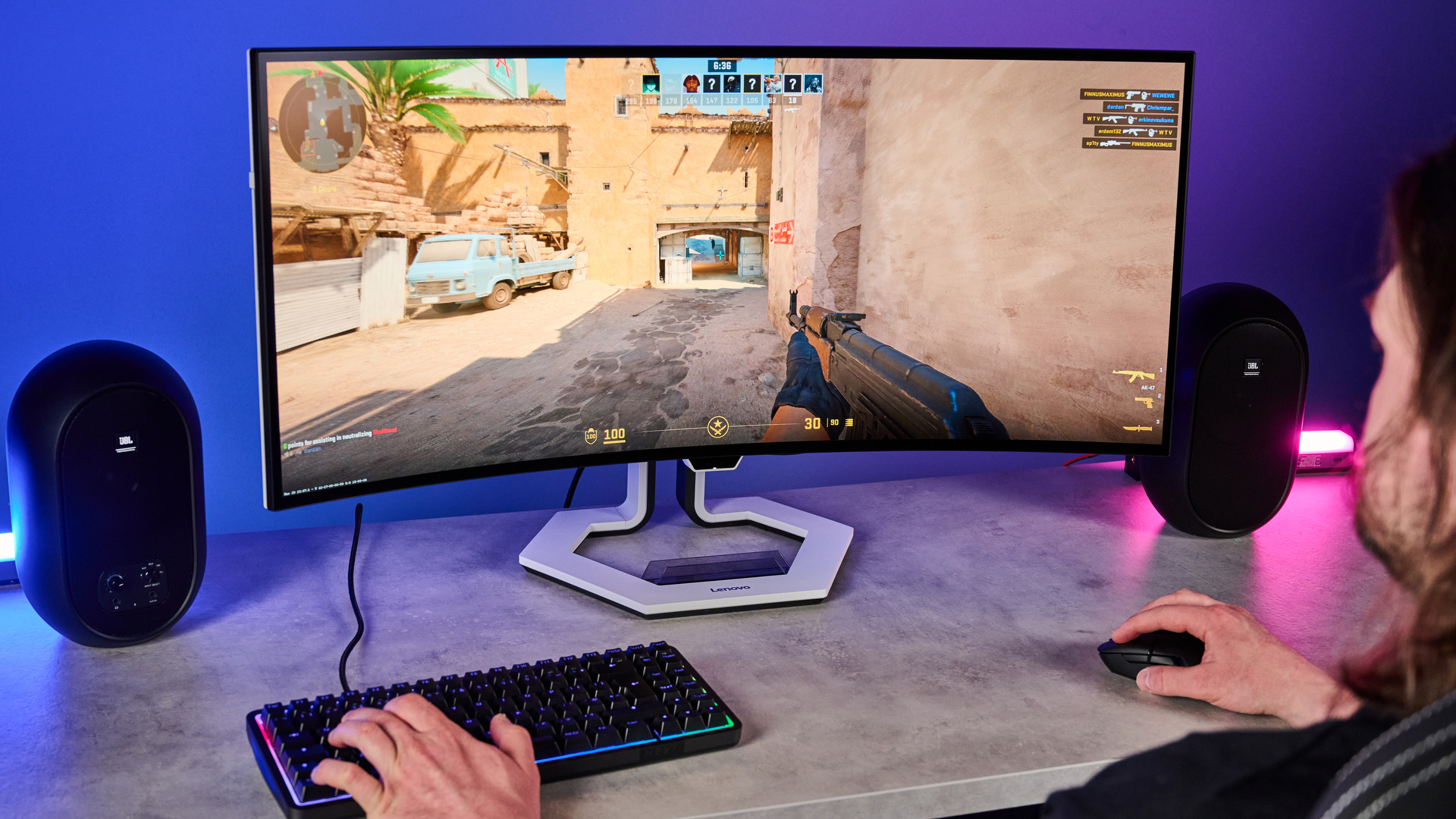
I partook in a few rounds of Counter-Strike 2 at 240Hz and enjoyed the smooth, blur-free experience. The high refresh rate/low response time also benefits less-intense gameplay, delivering buttery smooth action during fight scenes and horse chases in Kingdom Come Deliverance.
Typically, I wasn’t able to achieve more than about 60fps in S.T.A.L.K.E.R 2, so that was a pretty choppy experience, comparatively speaking, but that isn’t the monitor’s fault — it’s just a terribly optimized game (still).
Bags of space
The whole point of ultra-wide monitors is the space they provide. I’ve absolutely loved having the 34-inch 21:9 aspect ratio. I’ve had space for multiple windows on a single screen, which has been awesome for productivity, and stops me needing to drag windows onto my laptop screen. A single ultra-wide monitor is a viable replacement for two smaller monitors.
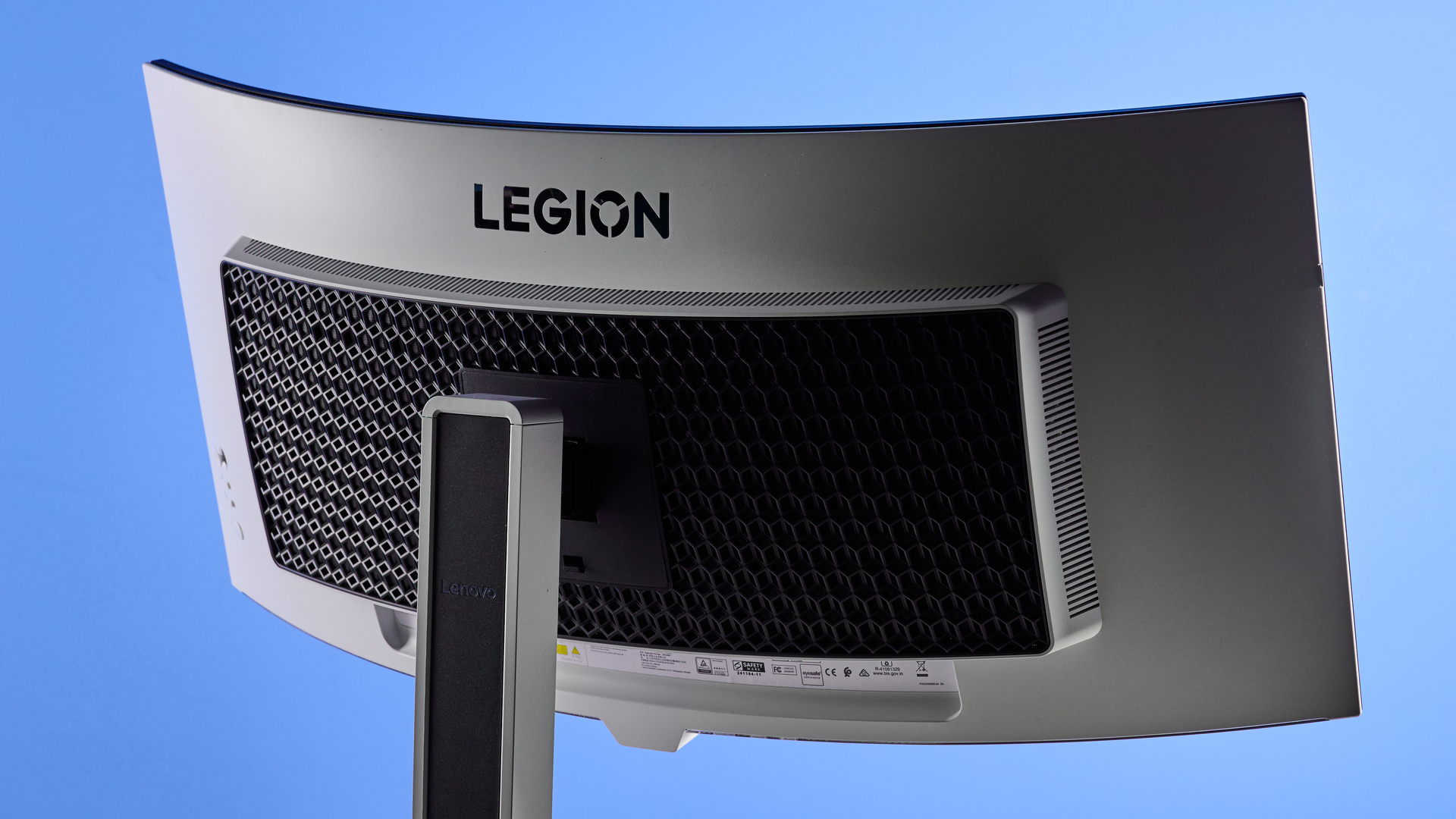
The wide aspect ratio and curved display are also great for immersion, enveloping you in the game you’re playing. During RPGs like Kingdom Come Deliverance, S.T.A.L.K.E.R 2 and Cyberpunk 2077, I found myself totally immersed in the rich, detailed game worlds.
As you’ll see in the Downs section below, brightness and glare reduction aren’t this monitor’s fortés. The curve, however, goes some way to redeeming this. The nature of the physical curve means that less light (and therefore glare) from lateral sources hits the display. My gaming setup is next to my window, and I’ve experienced less glare with the curved monitor than the flat IPS Dell monitor I was using previously, despite the Lenovo’s lower brightness.
Premium build
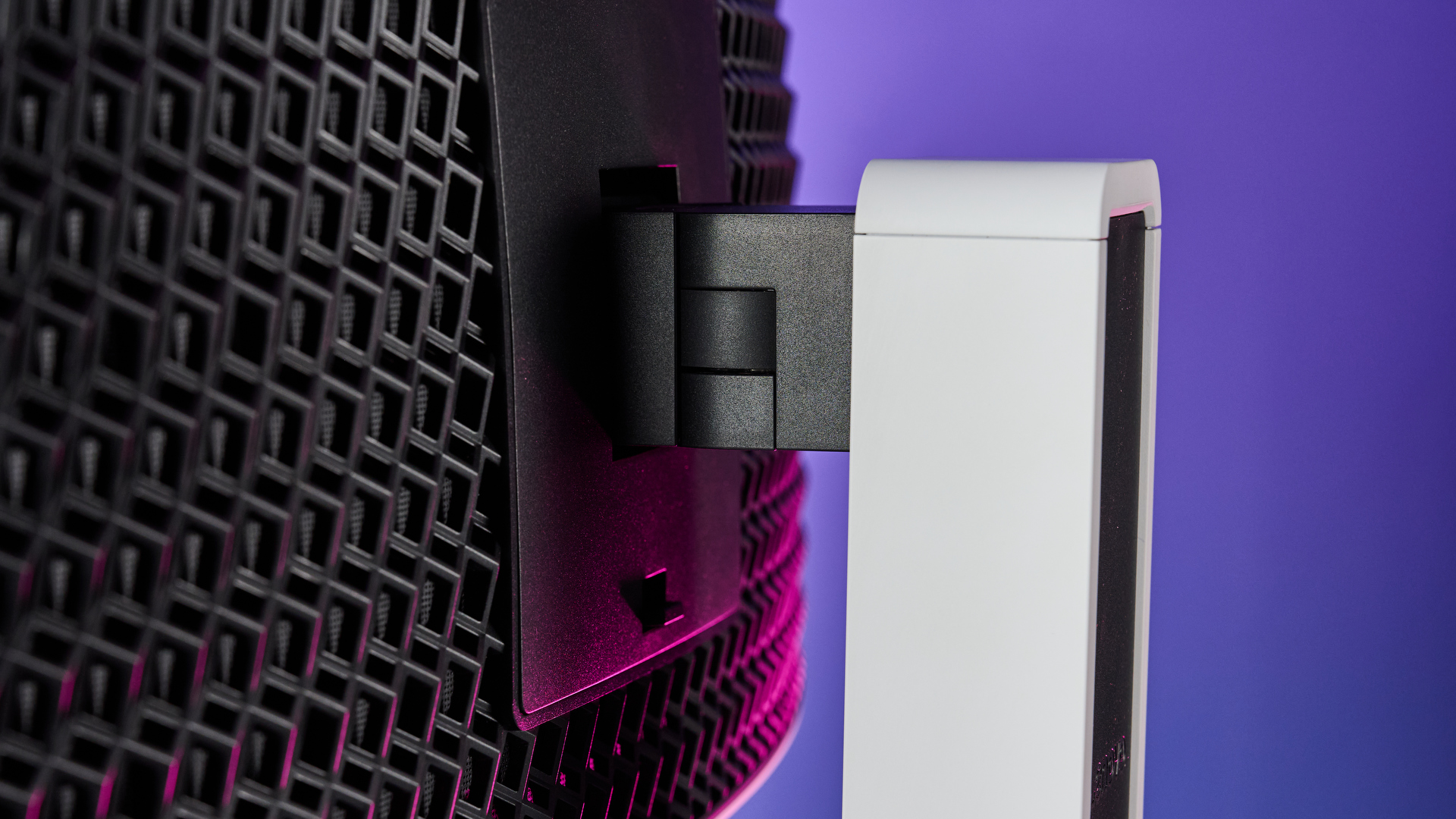
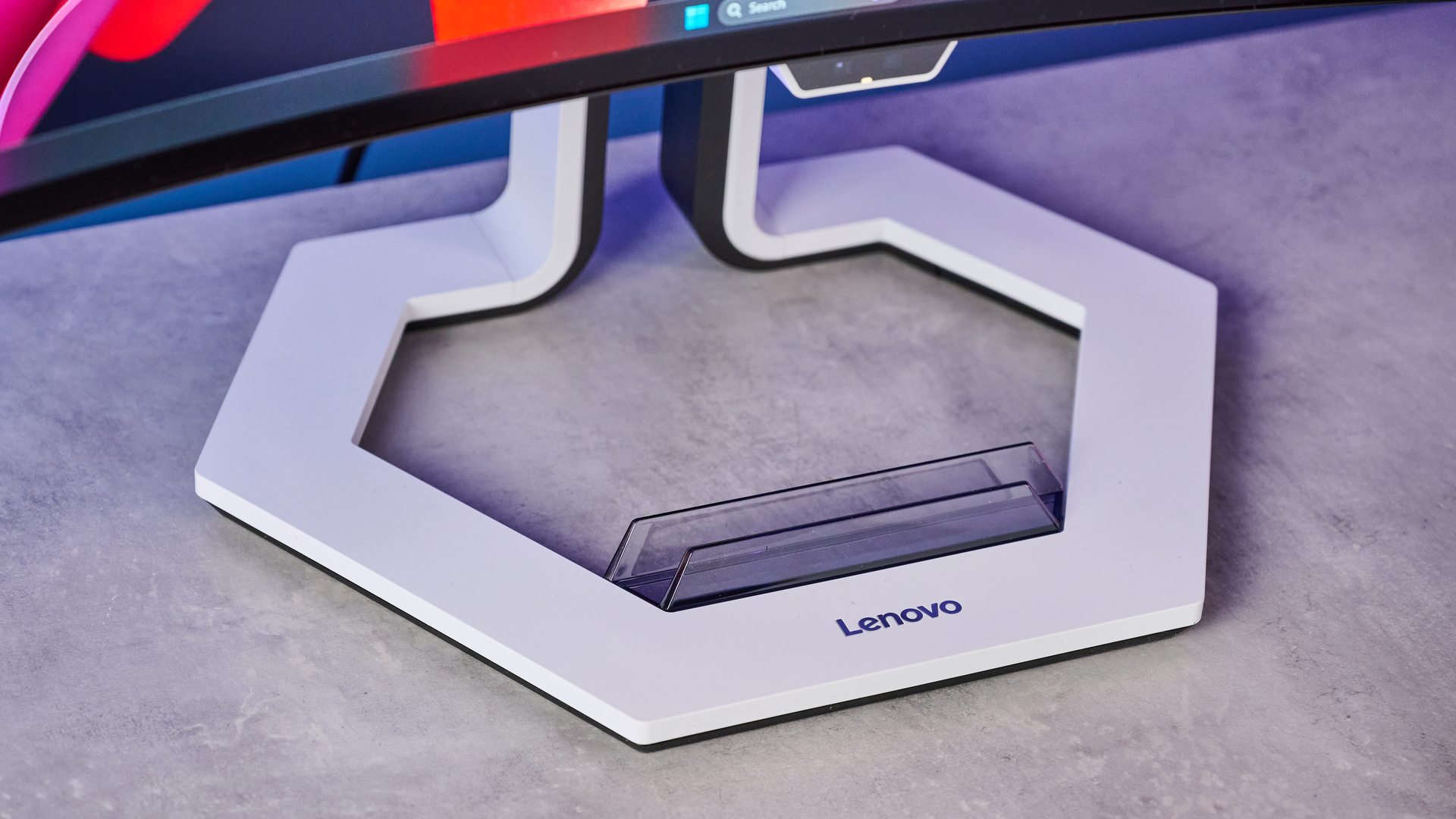
As one can usually expect from a Lenovo product, the 34WD-10 is built to a decent standard and feels like a premium product. The plastics used for the monitor body feel high quality, and I love the RGB lighting, which emanates a soft, unicorn-puke glow from the base of the monitor onto my desk.
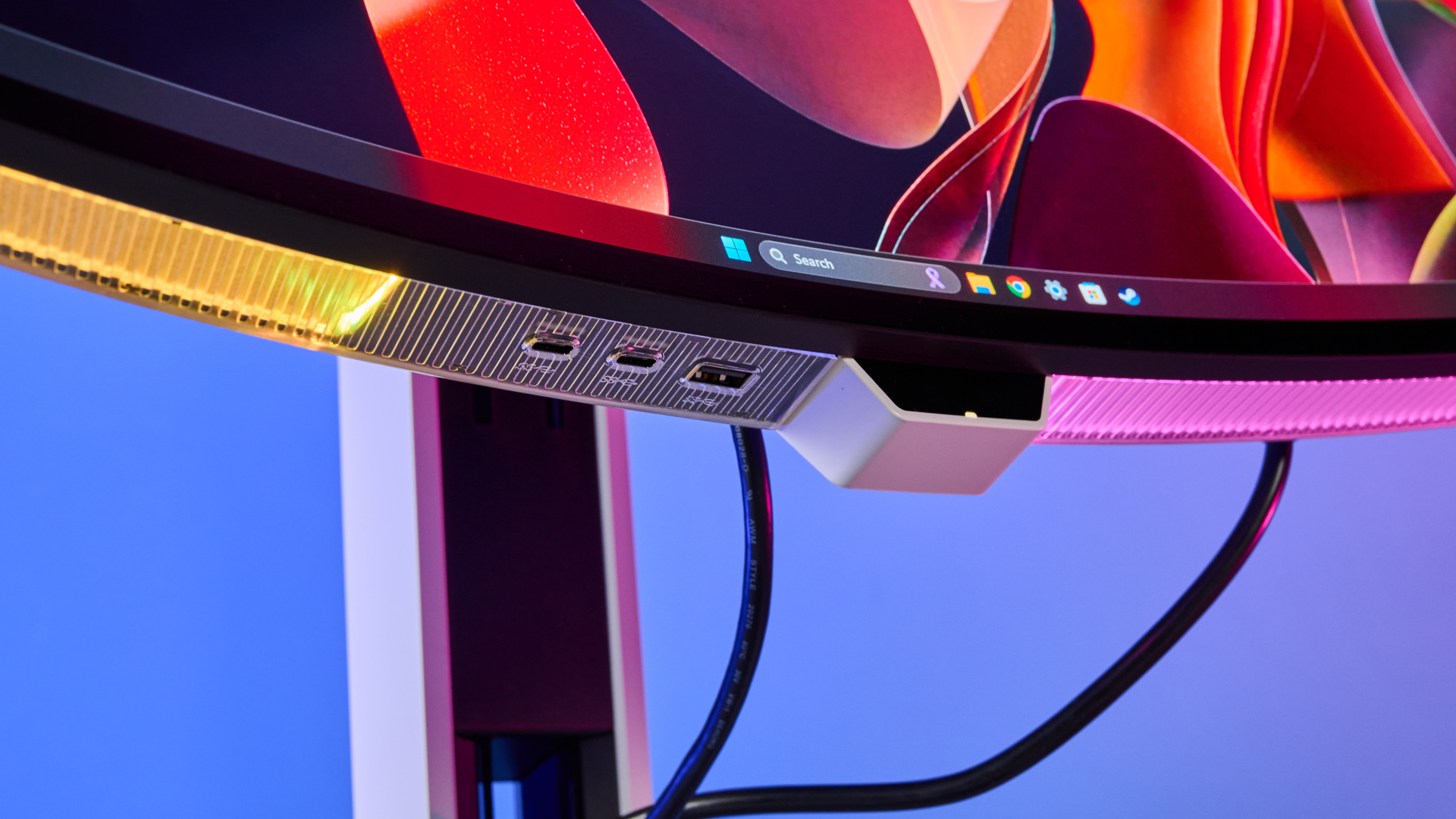
My monitor came with a few stuck pixels, but that’s relatively normal. At one point, it also developed a white line of hot pixels after a few hours on Kingdom Come Deliverance, but I simply ran an OLED refresh via the monitor’s menu, which took care of the line and the stuck pixels.
Handy features
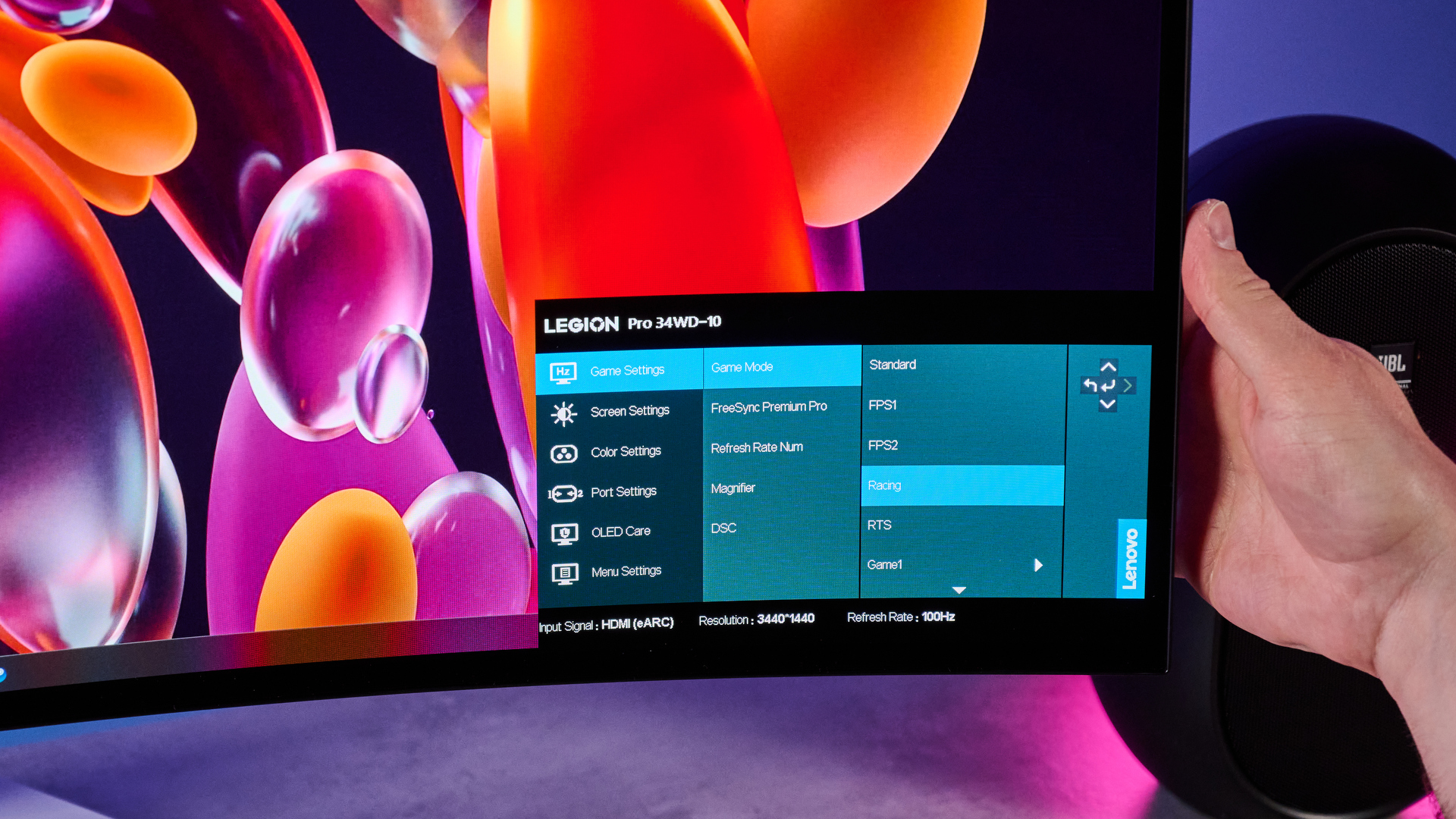
The Lenovo Legion 34WD-10 also boasts some handy features, which I very much appreciated when using. Firstly, there are the OLED burn-in features I mentioned above. The OLED refresh came in super handy for clearing stuck pixels, and the monitor will prompt you to perform a refresh at 6 hours by default — you can set this to 8 hours or disable it.
There are a range of sRGB modes, too, which is useful if, like me, you edit photos. There’s a neutral mode for a flat tonal profile, to avoid you under- or oversaturating images in the edit. There’s also a DCI-P3 mode to edit video in that color space.
Lenovo Legion Pro 34WD-10 OLED review: The downs
The Lenovo Legion 34WD-10’s flaws are mostly to be expected from an ultra-wide premium OLED display: it’s pricey, bulky and a little dim. I would’ve liked to see an Adobe RGB color mode, though, and there are cheaper (and better) rivals.
Kinda pricey
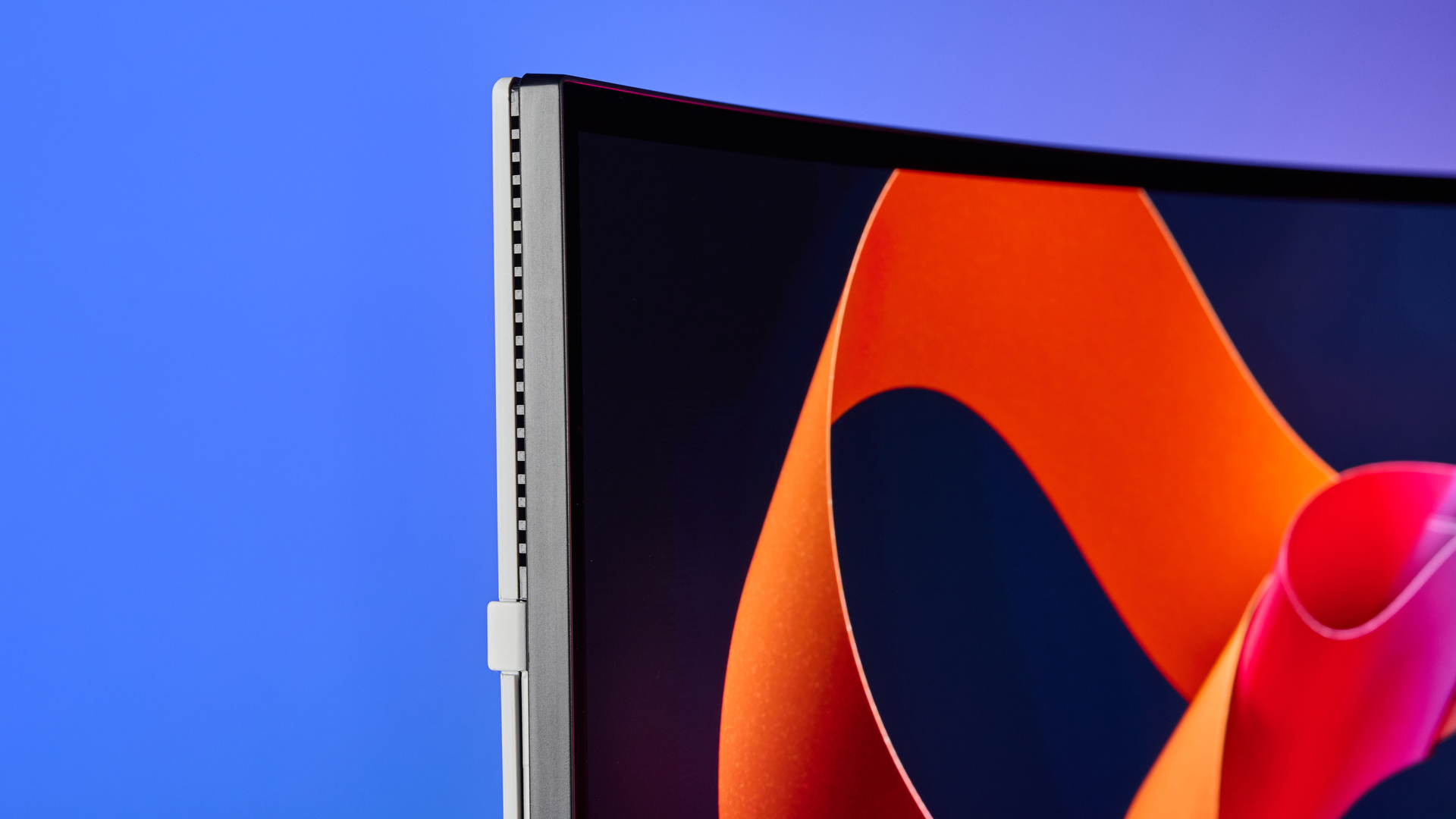
In the U.S., the Lenovo Legion Pro 34WD-10 costs $1,199 at Amazon or Lenovo. In the U.K., you’re looking at £899. Don’t get me wrong, I know that premium OLEDs cost money, but the 34WD-10 is priced as if it’s a 4K QD-OLED, like the MSI MPG 272URX QD-OLED.
The longest nail in the 34WD-10’s coffin, however, is the 34-inch Alienware AW3425DW — our favorite curved monitor — which matches or beats the Lenovo in almost every respect save Delta-E, yet costs just $799. And it’s a QD-OLED, a more advanced OLED technology. There’s really no justification for spending more on the Lenovo over the Alienware.
You can definitely find the 34WD-10 cheaper, and I've seen it sell for under the $1,000 mark, but that's still pricier than the Alienware.
Not the brightest of the bunch
In addition to our color testing, we also lab test monitors to measure peak brightness in SDR and HDR modes (if a monitor supports HDR for the latter).
Lab testing analysis: Brightness
Here are the 34WD-10’s lab testing brightness results against key rivals.
Monitor | Panel type | Peak brightness: SDR | Peak brightness: HDR |
|---|---|---|---|
Lenovo Legion Pro 34WD-10 OLED | OLED | 266 Nits | 194 Nits |
QD-OLED | 227 Nits | 272 Nits | |
QD-OLED | 161 Nits | 236 Nits | |
IPS | 298 Nits | N/A (SDR Only) | |
QD-OLED | 254 Nits | 263 Nits | |
QD-OLED | 260 Nits | 250 Nits | |
IPS | 410 Nits | 490 Nits | |
IPS | 402 Nits | 936 Nits |
OLED panels just aren’t very bright when compared to IPS panels like the Sony Inzone M9 II, with its mega 936 Nits HDR peak brightness.
As far as OLEDs go, the 34WD-10 didn’t perform badly, per se. In fact, the 34WD’s peak SDR brightness is brighter than all the other OLED panels in the table above. HDR brightness is the lowest of the bunch, though, which is disappointing, and will potentially make this a poor choice for HDR gaming in brighter conditions.
Oh lawd, he comin’
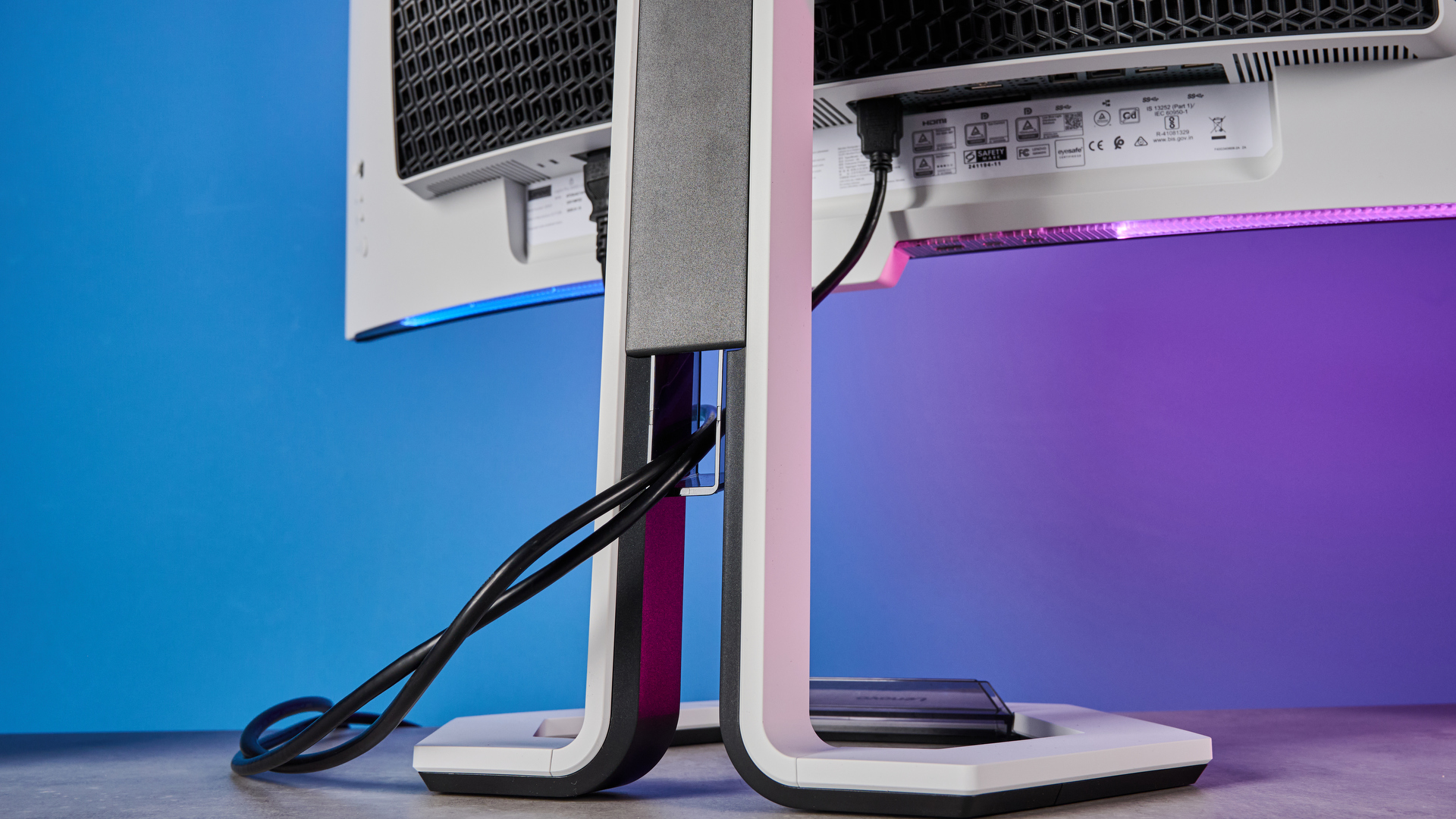
As I touched on above, this isn’t really a strong con, and more of a pre-purchase consideration. At 31.09 x 4.54 x 6.97 inches and 14.1lbs without its stand, the 34WD-10 is a big, heavy monitor. It proved a little irksome in our photo studio, as staff members had trouble moving it around after the shoot.
It wasn’t easy for me to get onto my VESA arm, either, and I needed the help of a second person to do it without risking damage. Once on my arm and running, I also had to shift my desk around to accommodate the huge width of the panel, not to mention the added depth from the curve. That said, as I mentioned earlier, the monitor is wide enough that I no longer needed a second display in testing, so in an odd way, it actually proved space-saving.
Basic production only
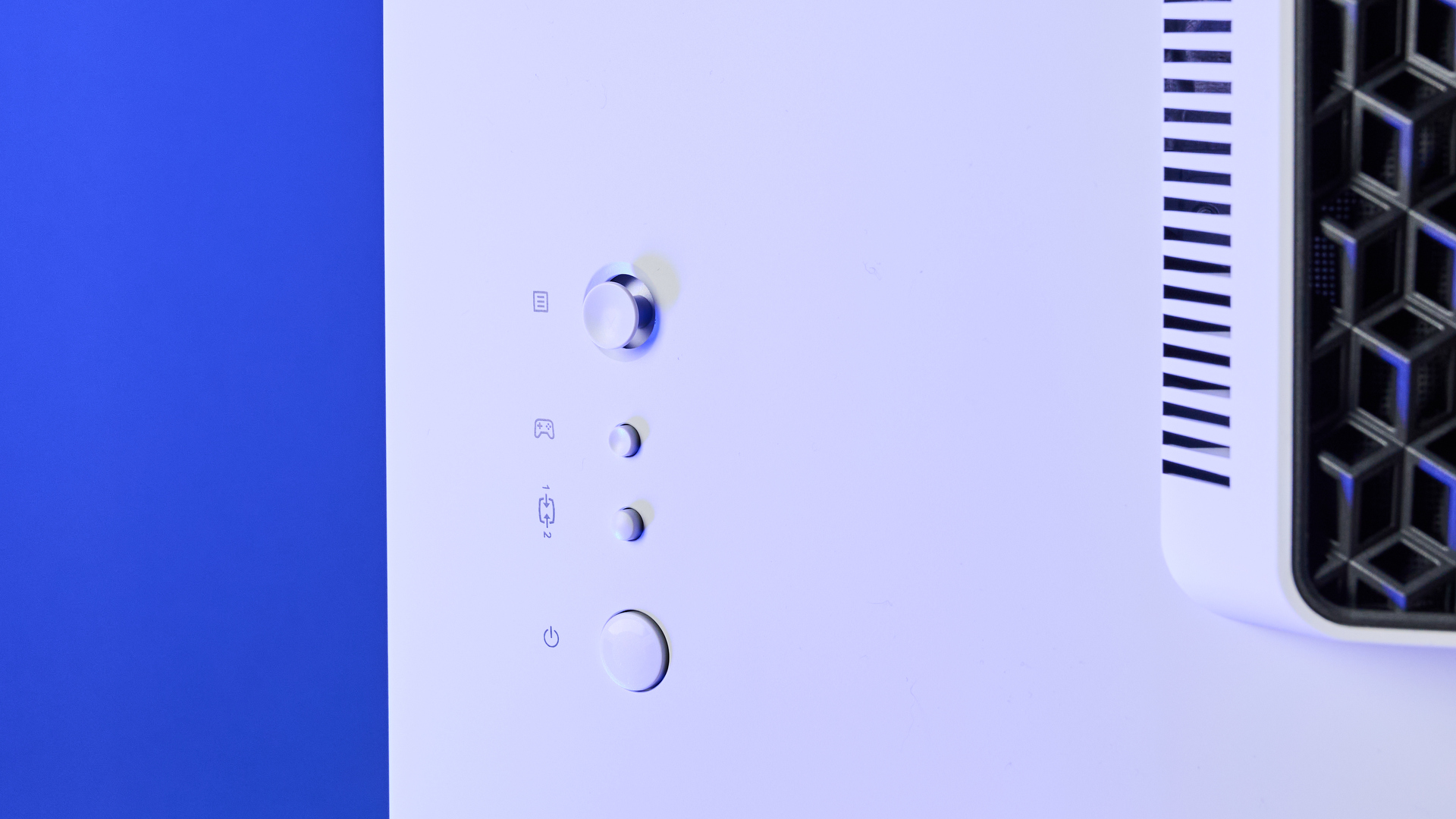
This won’t be applicable to everyone, and again, it isn’t a strong con in a gaming monitor. However, if you’re a photo editor, beware that the Lenovo Legion Pro 34WD-10 has no Adobe RGB color space mode.
If you’re only editing casually and/or for online use, including social media, sRGB is fine. However, if you’re doing lots of editing, especially for print, you’ll want a monitor with an Adobe RGB mode, as this will ensure the highest color accuracy for your final printed shots.
Lenovo Legion Pro 34WD-10 OLED review: Verdict
I’ve really enjoyed testing the Lenovo Legion Pro 34WD-10 OLED gaming monitor. It’s a stellar performer for gaming, with some super useful features, including acting as a 140W USB hub.
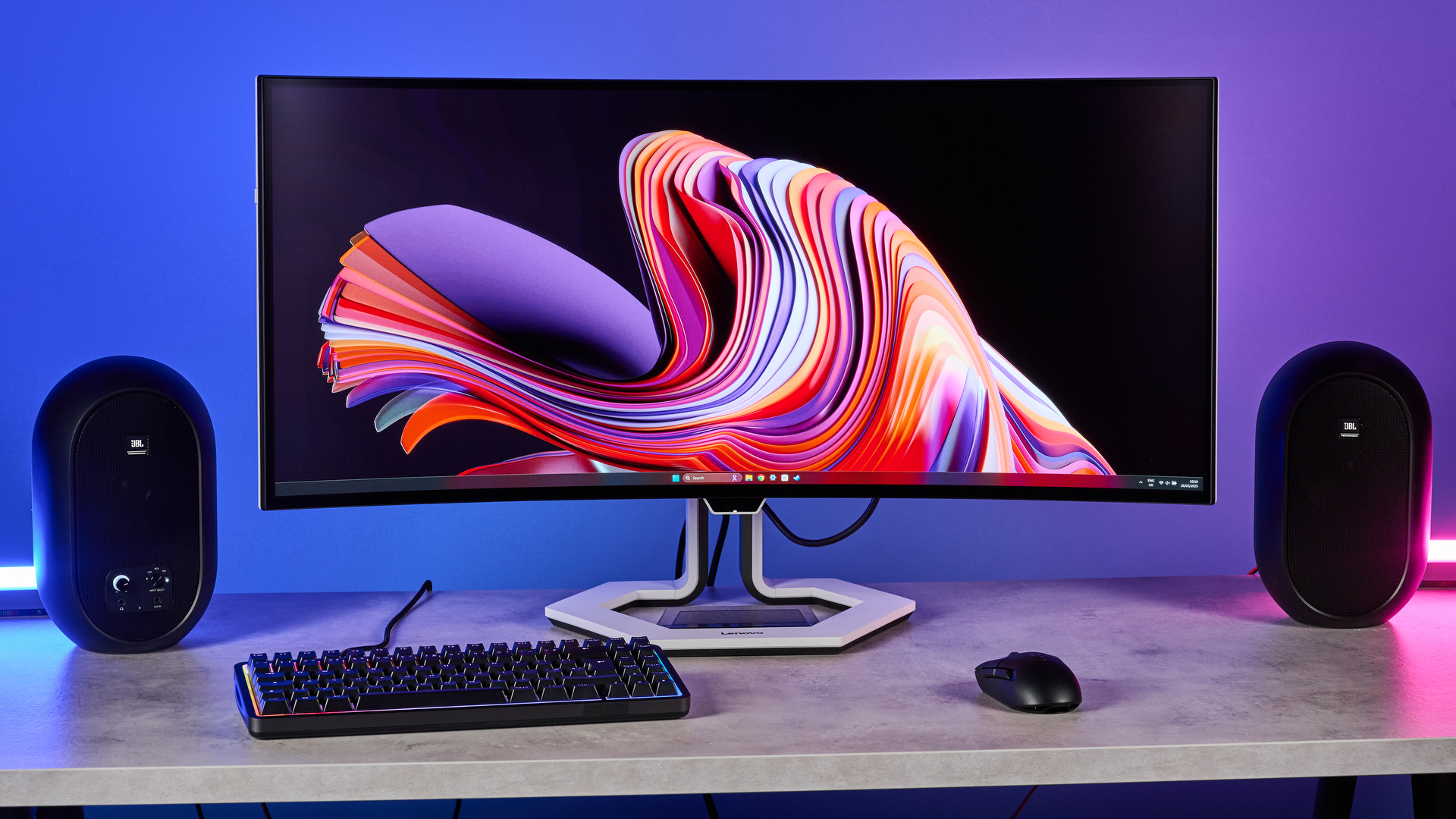
It put on an excellent performance in our color testing, and an average-for-OLED show in our brightness testing. Gaming at 240Hz was super smooth, and with the vivid colors and high contrast you’d expect from a premium OLED display.
At full price, though, it’s difficult to recommend the 34WD-10 over the awesome Alienware AW3425DW, which is why I can’t award the Lenovo 4.5-stars and our coveted Editor’s Choice award. Does that mean I want to give it back to Lenovo, though? Not at all.

Peter is a Senior Editor at Tom's Guide, heading up the site's Reviews team and Cameras section. As a writer, he covers topics including tech, photography, gaming, hardware, motoring and food & drink. Outside of work, he's an avid photographer, specialising in architectural and portrait photography. When he's not snapping away on his beloved Fujifilm camera, he can usually be found telling everyone about his greyhounds, riding his motorcycle, squeezing as many FPS as possible out of PC games, and perfecting his espresso shots.
You must confirm your public display name before commenting
Please logout and then login again, you will then be prompted to enter your display name.
